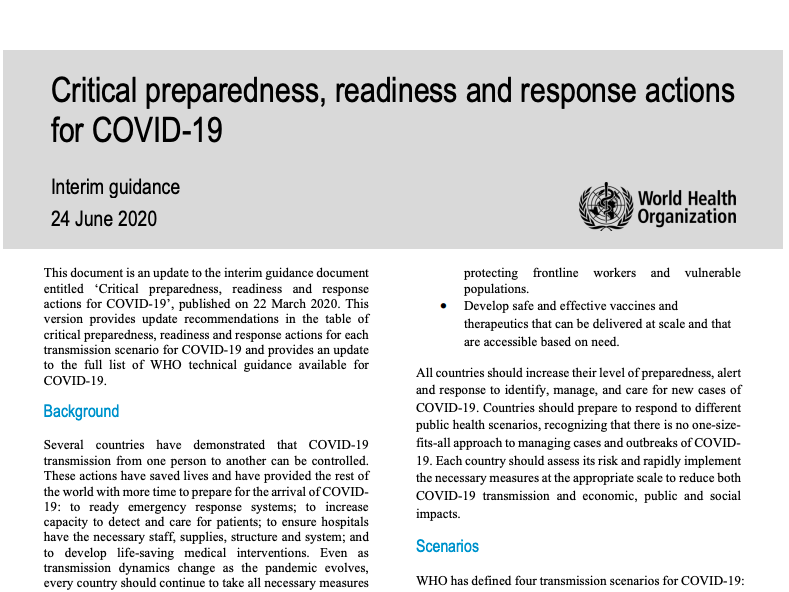
1/
Even if local areas can only focus on identifying symptomatic cases & isolate & care for them; trace & quarantine close contacts; you can eventually catch up on finding mild & asymptomatic cases because they will already be in quarantine.
This is how #ContactTracing works...
Even if local areas can only focus on identifying symptomatic cases & isolate & care for them; trace & quarantine close contacts; you can eventually catch up on finding mild & asymptomatic cases because they will already be in quarantine.
This is how #ContactTracing works...
https://twitter.com/nicolamlow/status/1314509993752907776
2/ This will break chains of transmission.
I described this at the @WHO Live Q&A this past Wednesday - see around min 57
twitter.com/i/events/13112…
I described this at the @WHO Live Q&A this past Wednesday - see around min 57
twitter.com/i/events/13112…
3/ Remember cases have highest viral loads (appear to be most infectious) -2 days before & up to 5-7 days after symptom onset for mild/moderate patients.
Severe/critical patients (who should be cared for in hospital) can be infectious for up to three weeks & possibly longer.
Severe/critical patients (who should be cared for in hospital) can be infectious for up to three weeks & possibly longer.
4/ Data described here. Recent publications from @PHE_uk & @MarionKoopmans et al support these findings.
#SARSCoV2 is still new and we are constantly learning. Science is a process
who.int/news-room/comm…
#SARSCoV2 is still new and we are constantly learning. Science is a process
who.int/news-room/comm…
Those in isolation (cases) and in quarantine (contacts of cases) need to be fully supported and cared for by policies set by and implemented by national and sub-national authorities.
We are all in this together.
We are all in this together.
• • •
Missing some Tweet in this thread? You can try to
force a refresh



